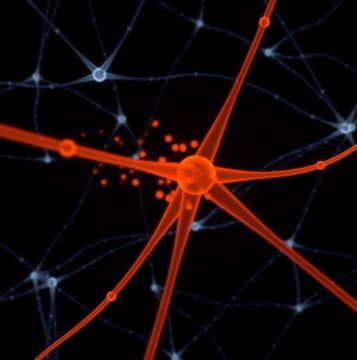Anil Ananthaswamy in Quanta:
 In 2007, some of the leading thinkers behind deep neural networks organized an unofficial “satellite” meeting at the margins of a prestigious annual conference on artificial intelligence. The conference had rejected their request for an official workshop; deep neural nets were still a few years away from taking over AI. The bootleg meeting’s final speaker was Geoffrey Hinton of the University of Toronto, the cognitive psychologist and computer scientist responsible for some of the biggest breakthroughs in deep nets. He started with a quip: “So, about a year ago, I came home to dinner, and I said, ‘I think I finally figured out how the brain works,’ and my 15-year-old daughter said, ‘Oh, Daddy, not again.’”
In 2007, some of the leading thinkers behind deep neural networks organized an unofficial “satellite” meeting at the margins of a prestigious annual conference on artificial intelligence. The conference had rejected their request for an official workshop; deep neural nets were still a few years away from taking over AI. The bootleg meeting’s final speaker was Geoffrey Hinton of the University of Toronto, the cognitive psychologist and computer scientist responsible for some of the biggest breakthroughs in deep nets. He started with a quip: “So, about a year ago, I came home to dinner, and I said, ‘I think I finally figured out how the brain works,’ and my 15-year-old daughter said, ‘Oh, Daddy, not again.’”
The audience laughed. Hinton continued, “So, here’s how it works.” More laughter ensued.
Hinton’s jokes belied a serious pursuit: using AI to understand the brain. Today, deep nets rule AI in part because of an algorithm called backpropagation, or backprop. The algorithm enables deep nets to learn from data, endowing them with the ability to classify images, recognize speech, translate languages, make sense of road conditions for self-driving cars, and accomplish a host of other tasks.
More here.
